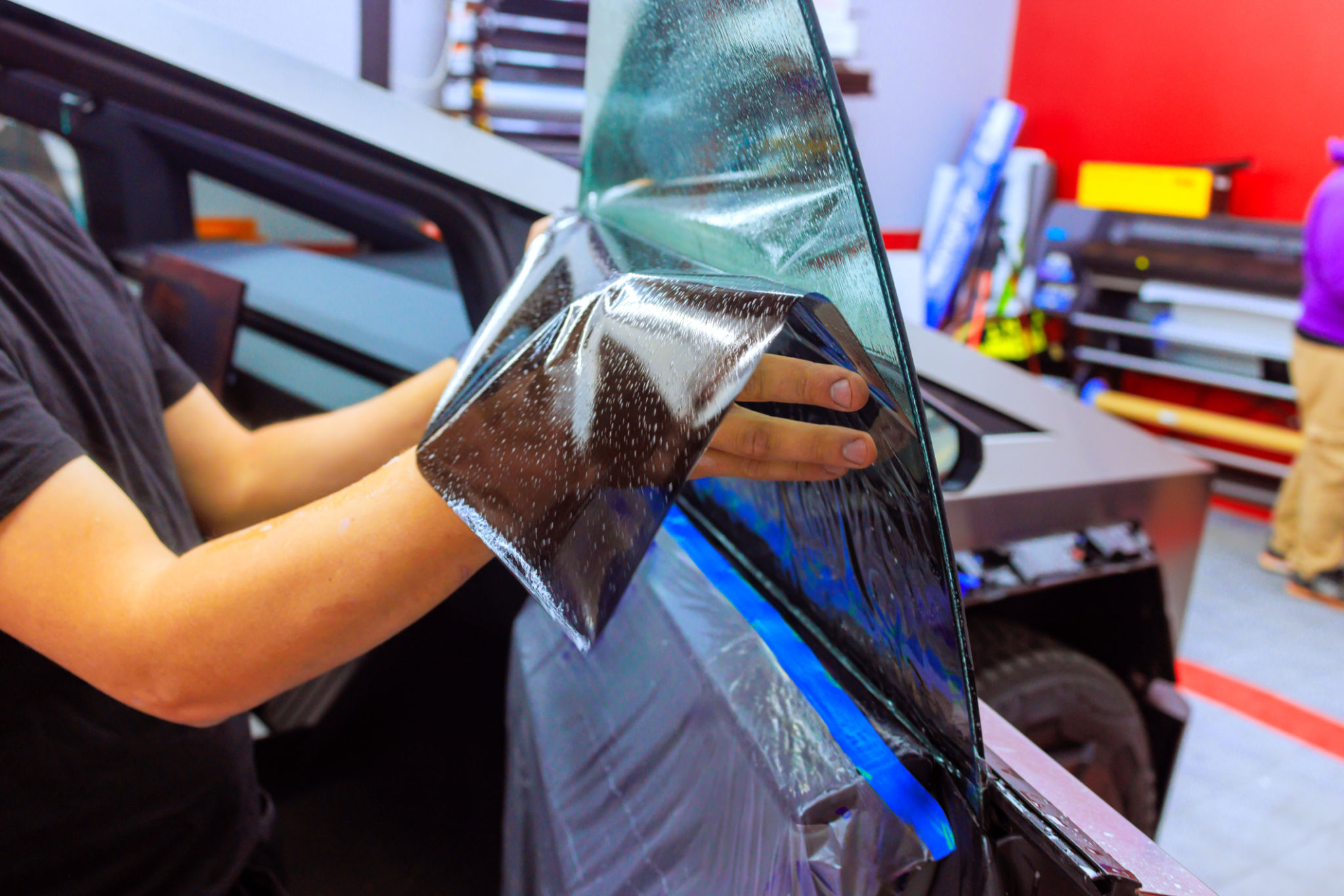Debunking Myths: The Truth About Energy Saving Window Tinting
Understanding Energy Saving Window Tinting
Energy saving window tinting has become increasingly popular as homeowners and businesses look for ways to reduce energy costs and improve indoor comfort. However, with its rise in popularity, several myths and misconceptions have emerged. This article aims to debunk these myths and reveal the truth about energy saving window tinting.

Myth 1: Window Tinting Makes Rooms Too Dark
A common misconception is that window tinting significantly darkens rooms, making them feel gloomy and uninviting. In reality, modern window tints are designed to allow natural light to enter while blocking harmful UV rays and heat. This means you can enjoy a bright, well-lit space without the negative effects of excessive sunlight.
Myth 2: Energy Saving Tints Are Only Beneficial in Summer
Another myth is that energy saving window tints are only beneficial during the summer months when heat reduction is a priority. However, these tints are designed to provide year-round benefits. In winter, they help retain heat within the building, reducing the need for additional heating and enhancing overall energy efficiency.

Benefits Beyond Energy Savings
While energy savings are a significant advantage of window tinting, there are additional benefits worth mentioning. For instance, window tints offer increased privacy without sacrificing natural light. They also protect interior furnishings from fading due to sun exposure, prolonging the lifespan of your furniture and decor.
Myth 3: Window Tinting Is Expensive and Not Cost-Effective
Some people believe that window tinting is a costly investment with little return. However, the initial cost of installation is often offset by the long-term savings on energy bills. In fact, many homeowners and businesses find that their energy costs decrease significantly after installing window tints, making it a cost-effective solution.

Myth 4: All Window Tints Are the Same
There is a misconception that all window tints offer the same level of performance and quality. This is not true. There are various types of window tints available, each with different properties and benefits. It's important to choose a high-quality product that suits your specific needs and provides maximum energy efficiency.
Choosing the Right Window Tint
Selecting the right window tint involves considering factors such as climate, building orientation, and personal preferences. Consulting with a professional can help you identify the best option for your situation. They can provide guidance on the appropriate tint level and ensure proper installation for optimal performance.
In conclusion, energy saving window tinting offers numerous advantages beyond just reducing energy bills. By understanding and debunking common myths, you can make an informed decision about whether this solution is right for you. Embrace the benefits of modern window tinting and enjoy a more comfortable, efficient living or working environment.
